Intel’s 15th Generation Chips: What You Need to KnowAs technology continues to evolve at lightning speed, the debate over processing power is more intense than ever. Enter Intel’s 15th generation chips, a topic that has tech enthusiasts buzzing. These new processors not only promise to elevate performance but also aim to redefine efficiency in computing. In this post, we’ll delve into what sets these latest chips apart, their features, and what you can expect from them moving forward.
The Evolution of Intel’s Chips
Intel has long been a dominant player in the semiconductor industry. Each new generation typically heralds enhanced performance and new features. But what makes the 15th generation chips a noteworthy development in this legacy?
What Makes the Intel’s 15th generation Unique?
The 15th generation chips, codenamed “Arrow Lake,” mark a significant transition in both architecture and performance metrics. They integrate:
- A new hybrid architecture combining high-performance cores (P-cores) and power-efficient cores (E-cores).
- Advanced manufacturing technology, likely using an enhanced 10nm process.
- Enhanced support for AI workloads, which is becoming increasingly vital in various sectors.
This generation is not just an incremental upgrade; it reflects a thoughtful response to evolving computing demands, from gaming to enterprise applications.
Performance Enhancements and Features
With the introduction of the 15th generation chips, Intel promises a variety of performance enhancements that could present real-world benefits for everyday users and professionals alike.
Key Specifications
- Increased Core Count: Users can expect a rise in core counts compared to previous generations, which improves multitasking capabilities.
- AI Optimization: Enhanced machine learning features integrate seamlessly into various applications, improving efficiency across software designed for AI.
- Overclocking Features: For gamers and performance enthusiasts, new overclocking capabilities promise to push the limits of speed.
Real-World Performance
Benchmarks and early reports indicate that these chips perform competitively against their main rivals, indicating that Intel is serious about regaining its leadership position. Early testing has shown:
Intel’s 15th Gen processors outperform previous iterations by up to 20% in multi-threaded tasks.
This could mean faster video rendering, improved game loading times, and an overall smoother computing experience.
Power Efficiency and Thermal Management
One of the critical shifts in modern computing is the focus on energy consumption and heat management. The 15th generation chips are engineered with this in mind.
Advanced Thermal Solutions
- Dynamic Cooling: Whitepaper studies suggest that the chips utilize smarter thermal management, dynamically adjusting performance based on temperature to avoid overheating during intensive tasks.
- Lower Power Consumption: The transition to a more efficient manufacturing process reduces the chips’ overall power draw, which holds promise for laptops and mobile devices.
This focus on power efficiency aligns with growing consumer demand for greener technology. Users can expect longer battery life and less frequent need for cooling solutions.
Compatibility and Software
Transitioning to a new generation of chips often raises questions about compatibility, especially for existing hardware and software ecosystems.
Motherboard and Hardware Compatibility
Intel has designed the 15th generation chips to maintain a level of backward compatibility with older motherboards. However, to take full advantage of the new features, users may need to invest in a new chipset, specifically the 700 series.
Software Support
Most major software vendors are also preparing for optimizations tailored to the 15th generation chips, particularly for applications in gaming, design, and cloud-based services. For instance:
- Updates from Microsoft and Adobe are already in place to leverage the AI capabilities of the new processors, enhancing user experience and performance.
The Ecosystem Advantage
The introduction of new chips often leads to an ecosystem expansion, which includes partnerships with software developers and hardware manufacturers. By utilizing new development kits, they can release applications optimized for the new architecture.
Conclusion: Embracing Change
Intel’s 15th generation chips are not just about raw performance; they represent the company’s commitment to adapting to the future of computing. With significant advances in power efficiency, AI integration, and thermal management, these chips are poised to meet the demands of both casual users and tech enthusiasts alike.
As you consider your next upgrade or new purchase, keep an eye on how these innovative processors perform in real-world situations. They may just be the perfect solution to invigorate your computing experience.
If you’re excited about what Intel’s latest technology can do for you, check out Intel’s official website for the latest updates and product releases.
Cheers to embracing the future of computing with the promising potential of Intel’s 15th generation chips!
























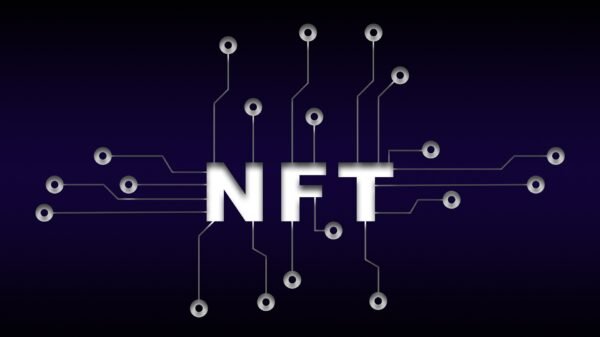







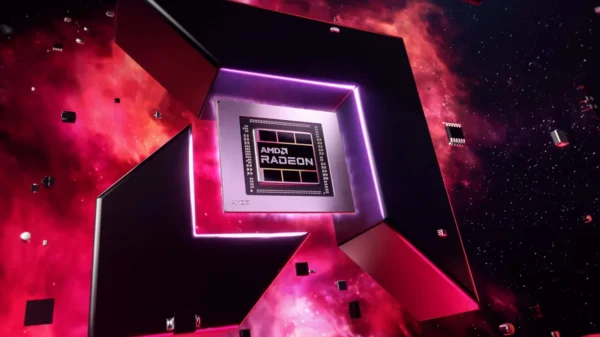
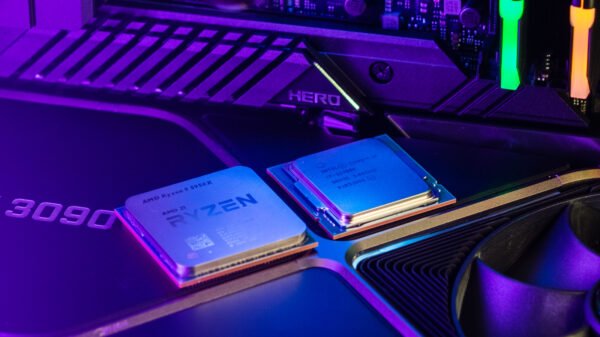
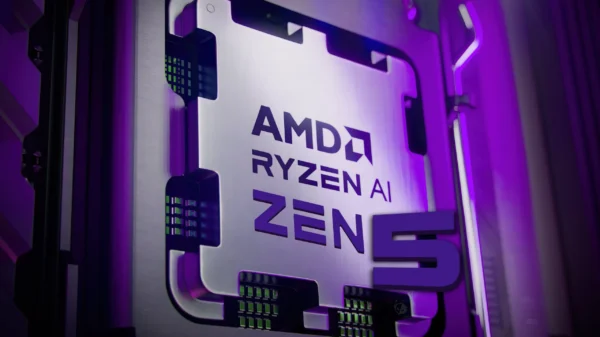















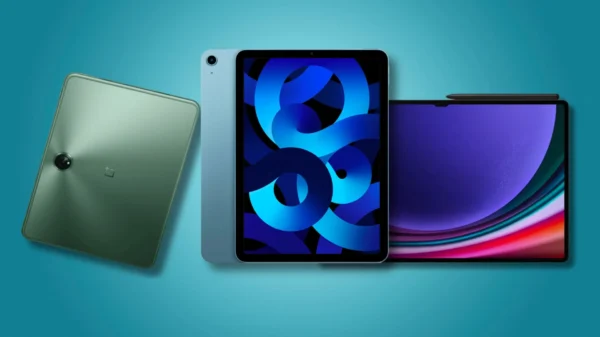













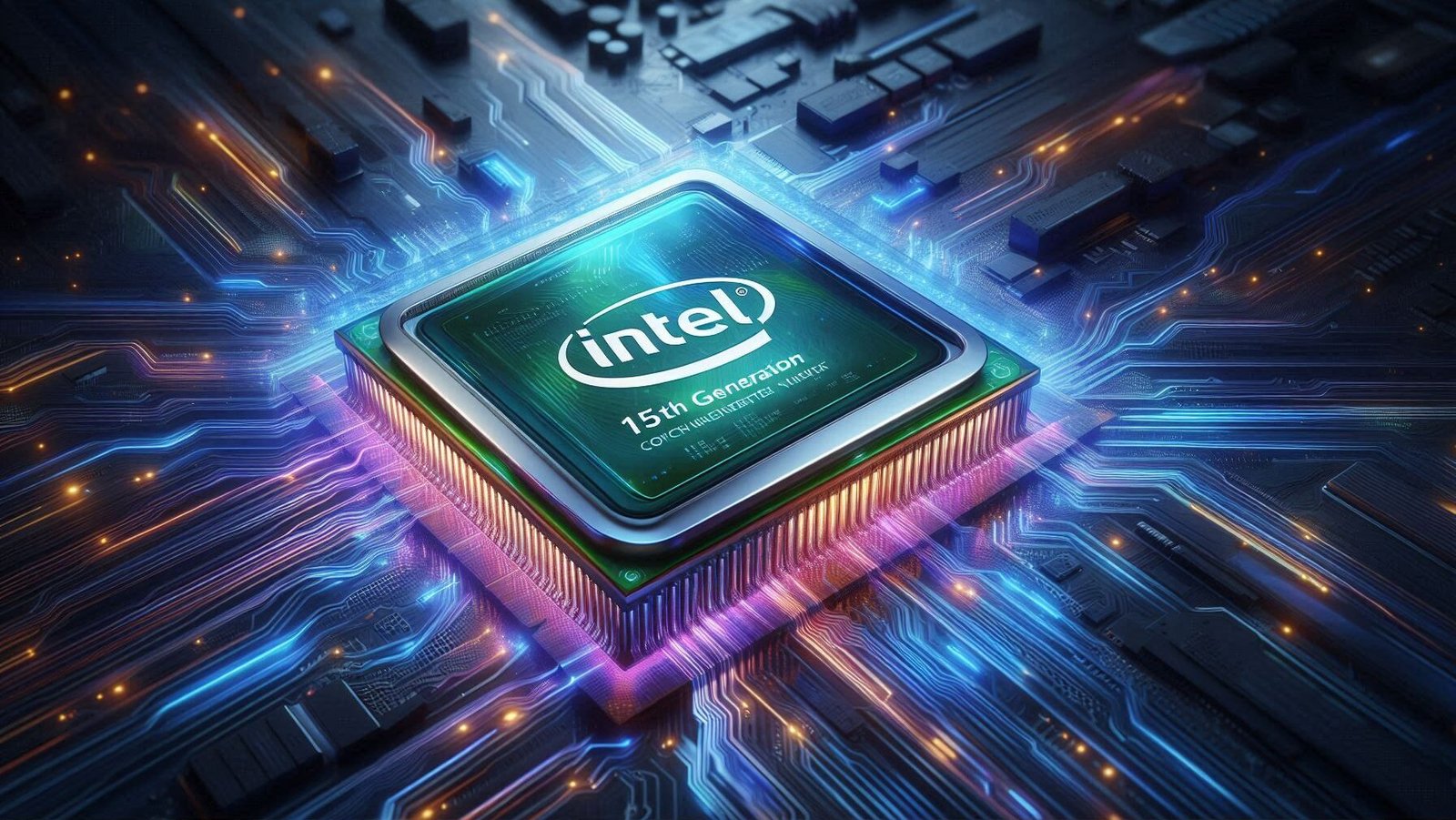






Pingback: Unveiling the Next Fortnite Update: Key Features and Exciting Changes Ahead